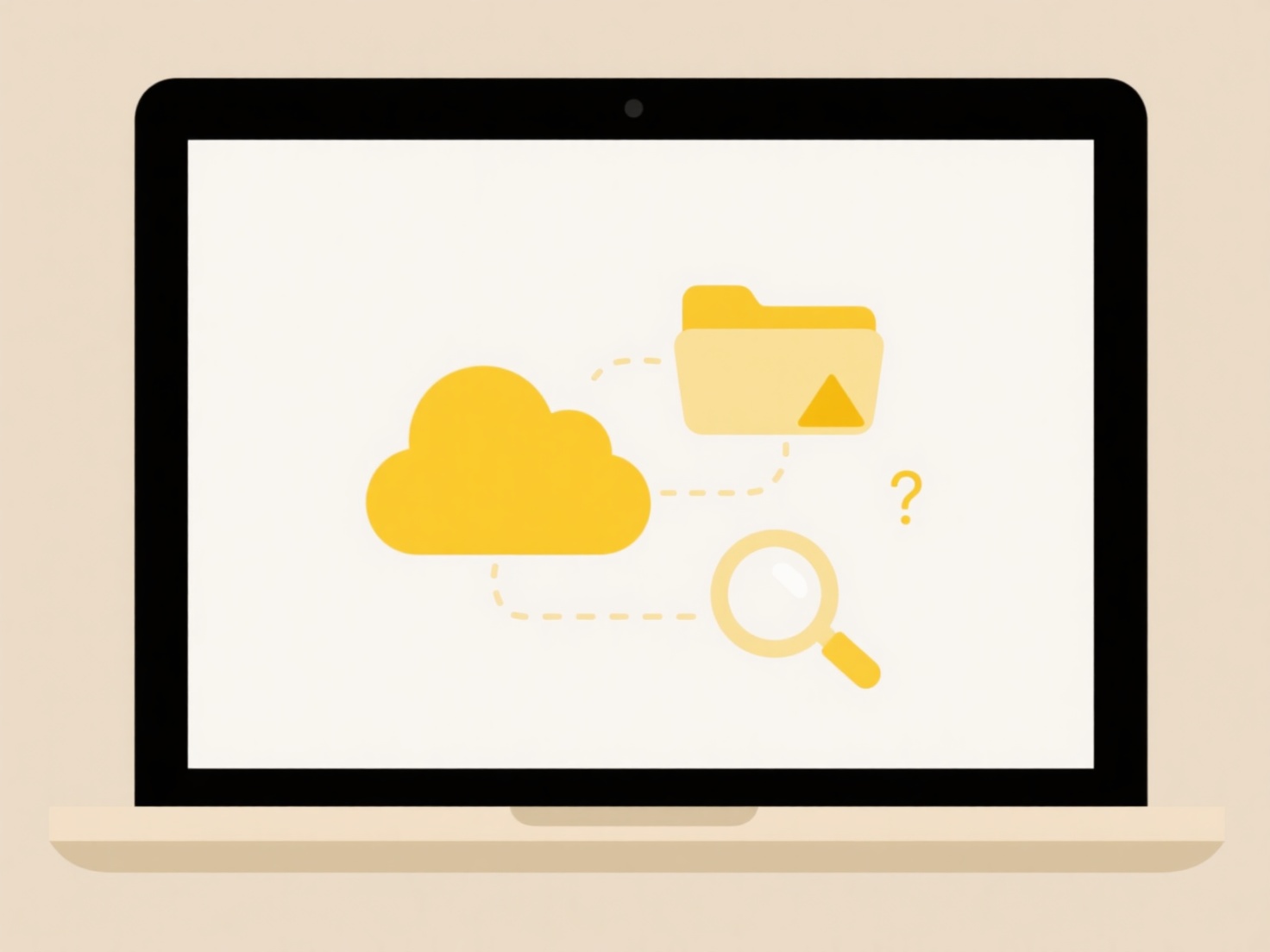
File quarantine in cloud security refers to temporarily isolating suspicious files during the upload process. Instead of immediately uploading every file to the cloud, the system scans files before transfer. Any file flagged as potentially malicious based on signatures, behavior, or heuristics is blocked from upload and held in a secure, segregated "quarantine" area for administrator review or automatic remediation. This differs from typical cloud security, which often scans files after they have already been uploaded, potentially exposing the storage environment.

For example, a business email platform could use built-in quarantine settings to hold emails with suspicious attachments identified by Microsoft Defender for Office 365 before they ever sync to OneDrive or SharePoint. Similarly, a secure content collaboration platform like Egnyte might quarantine files uploaded by healthcare staff (like unexpected executable files mixed with medical imaging data) using pre-upload antivirus scanning, preventing them from reaching the sensitive EHR cloud storage.
This proactive approach significantly reduces the risk of malware entering and spreading through cloud storage, offering a stronger security posture. Key advantages include preventing initial infection vectors and containing threats earlier. However, limitations exist: heavy reliance on the accuracy of detection engines can cause false positives that may delay legitimate work. Future developments focus on automated sandboxing within the quarantine to analyze file behavior more deeply without user impact. Effective quarantine enhances cloud security by adding a vital pre-upload checkpoint.
Can I quarantine suspicious files before cloud upload?
File quarantine in cloud security refers to temporarily isolating suspicious files during the upload process. Instead of immediately uploading every file to the cloud, the system scans files before transfer. Any file flagged as potentially malicious based on signatures, behavior, or heuristics is blocked from upload and held in a secure, segregated "quarantine" area for administrator review or automatic remediation. This differs from typical cloud security, which often scans files after they have already been uploaded, potentially exposing the storage environment.

For example, a business email platform could use built-in quarantine settings to hold emails with suspicious attachments identified by Microsoft Defender for Office 365 before they ever sync to OneDrive or SharePoint. Similarly, a secure content collaboration platform like Egnyte might quarantine files uploaded by healthcare staff (like unexpected executable files mixed with medical imaging data) using pre-upload antivirus scanning, preventing them from reaching the sensitive EHR cloud storage.
This proactive approach significantly reduces the risk of malware entering and spreading through cloud storage, offering a stronger security posture. Key advantages include preventing initial infection vectors and containing threats earlier. However, limitations exist: heavy reliance on the accuracy of detection engines can cause false positives that may delay legitimate work. Future developments focus on automated sandboxing within the quarantine to analyze file behavior more deeply without user impact. Effective quarantine enhances cloud security by adding a vital pre-upload checkpoint.
Quick Article Links
What is an .epub file?
An EPUB file is a widely-used format for digital publications, specifically designed for reflowable text content that ad...
How do I rename files from a zip archive?
Renaming files within a ZIP archive requires specific steps because ZIP files are read-only containers. You cannot direc...
Why does a file open in a new tab instead of downloading?
Files typically open in a new browser tab rather than downloading because the web server specifies a MIME type indicatin...